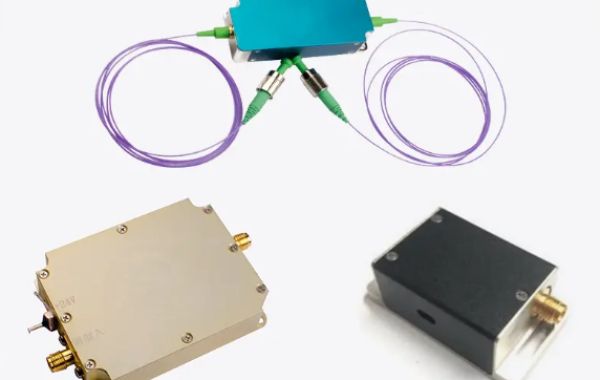An AOM driver is an electronic circuit or device that generates the electrical signals needed to control an acousto-optic modulator (AOM). The driver typically consists of a signal generator, amplifier, and control interface.
Here's a breakdown of how an AOM driver works:
- Signal Generation:The driver generates an electrical signal, often a sinusoidal wave, with a specific frequency and amplitude. This signal represents the desired modulation of the light beam.
- Amplification:The generated signal is amplified to increase its power, ensuring that it can drive the piezoelectric transducer within the AOM effectively.
- Driving the AOM:The amplified signal is applied to the piezoelectric transducer, which converts the electrical energy into mechanical vibrations. These vibrations create an acoustic wave that propagates through the AOM.
- Acousto-Optic Interaction:As the acoustic wave travels through the AOM, it interacts with the light beam passing through the device. This interaction causes the refractive index of the AOM material to vary periodically, creating a dynamic diffraction grating.
- Light Modulation:The diffraction grating diffracts the light beam, altering its intensity or frequency based on the characteristics of the acoustic wave. The driver controls the acoustic wave by adjusting the amplitude and frequency of the input signal, thereby modulating the light beam.








